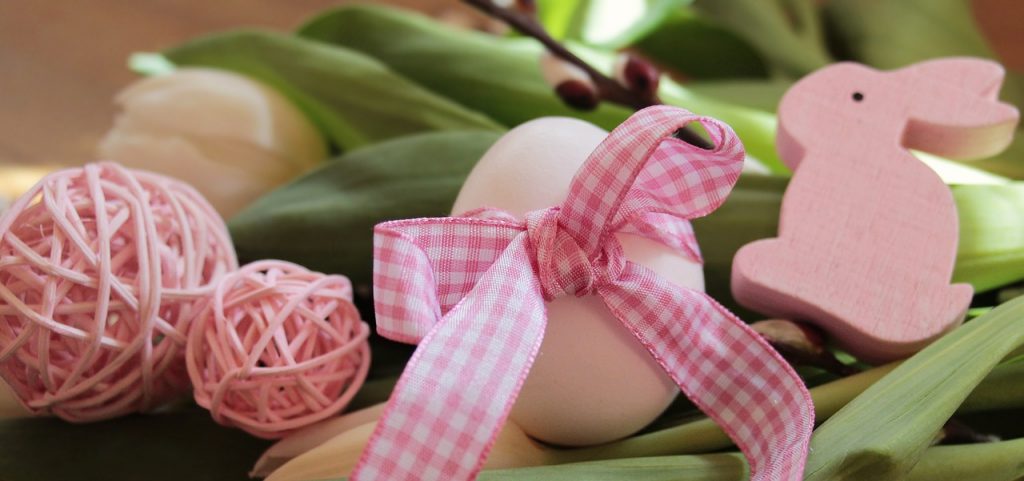You don’t have to use artificial dyes to decorate eggs. You can create beautiful Easter eggs using what you already have in your kitchen. See how!
There are many ways to decorate eggs. Some of them are very laborious and require a lot of patience and time. But there are methods that allow you to create beautiful Easter eggs quickly and cheaply. What is more, they are completely natural!
Dyeing Easter eggs using grandma’s traditional methods is great fun, in which the whole family can participate, especially children. It will allow them to develop both manual skills and imagination. They will then be able to scratch out beautiful designs on the egg dyed using natural methods. The most popular way to create Easter eggs is to boil them in water with the right additives. Here are the ingredients to get colored eggs:
Dyeing eggs by natural means is not difficult. So where should we start? First, we should put the natural dye into a medium sized pot and pour water over it. We can also add salt (thanks to this eggs will not crack). Then leave the solution overnight or for 24 hours (it will make the effect much better). Finally, bring the dye to a boil, boil for a while, add some vinegar, stir and strain through a sieve. The resulting liquid is great for coloring both raw and boiled eggs – but it’s worth knowing that in the case of the former, the color will be stronger. The intensity of the color depends a lot on how long the egg is immersed in the dye and what color the shell is (if it is light, the egg will color faster and nicer). After removing the egg with a spoon from the dye, wipe it off with a paper towel or napkin and let it dry. Later you can additionally wipe them with a cloth soaked in oil to fix the effect.
>> See also: Easter eggs in 10 ways
A simple and inexpensive method is to dye eggs with tea. What is this method? Just pour two tea bags in ½ liter of water and let the infusion stand for one day, then put a raw egg in it and boil for about 8 minutes. After that, wait until the brew cools down and only take the eggs out of it. Beautiful and natural Easter eggs without chemicals are ready! Depending on what type of tea you use, you will get a different egg color:
Intricate designs on eggs can be scratched out with a pin, but a wax technique is also worth trying. This technique involves drawing designs on the shell of the egg (either before staining or between dips in the broth) with a candle crayon

Another proven method is the one using pantyhose. How does it work? Soft and delicate plants, such as parsley or fern branches, should be put on the eggshells and then the egg should be wrapped with a piece of stocking and tied tightly. Eggs prepared this way can be dyed. With this method you get patterns in the places where the fragments of plants were.